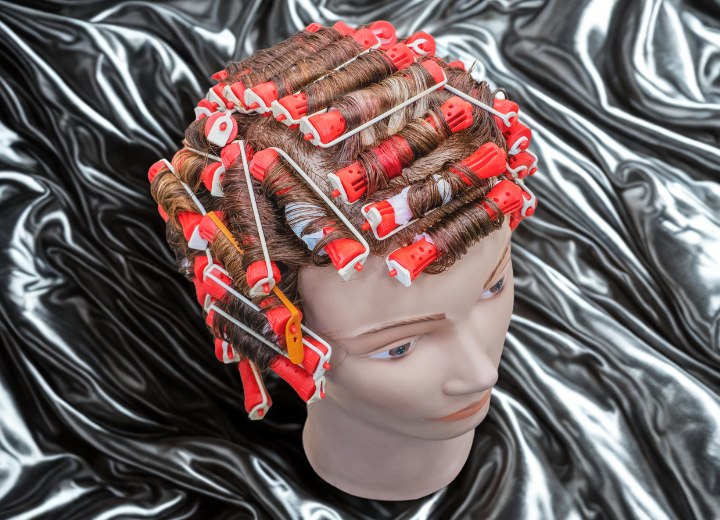Permanent Waves and Heat

A: There are definitely differences between permanent waves that require heat and those that don't, and understanding these differences is crucial for achieving the best results.
Permanent waves that require heat to process are called endothermic waves. These include true acid waves and low-pH waves, which typically have a pH range between 4.5 and 7.0. The term "endothermic" means they absorb heat from an outside source, usually requiring you to sit under a hooded dryer or use heated processing caps during the treatment.
These gentler formulations are specifically designed for hair that needs extra care. If you have very fine-textured hair that breaks easily, highly porous hair that absorbs products too quickly, or hair that's been previously damaged by chemical treatments, endothermic waves are usually your best option. The heat helps activate the chemical process more gradually and evenly, reducing the risk of over-processing or creating weak spots in the hair shaft.
The processing time for endothermic waves is generally longer, often taking 15 to 25 minutes under heat, but this slower reaction gives you more control over the final result. The curls tend to be softer and more natural-looking, with less risk of an overly tight or frizzy appearance that can happen with stronger formulations.
Non-Heat Permanent Waves
Waves that don't require external heat fall into two main categories: exothermic waves and cold waves.
Exothermic waves generate their own heat through chemical reactions within the solution. You'll often notice the rods becoming warm to the touch during processing. These waves typically have a higher pH level, usually between 8.5 and 9.5, making them more alkaline and therefore more powerful at breaking down the hair's natural bonds. This makes them ideal for hair that's naturally resistant to curling, such as coarse, thick hair or hair with a very straight growth pattern. Asian hair types, for example, often respond well to exothermic waves because of their typically straight structure and thicker diameter.
Cold waves, on the other hand, process at room temperature without generating additional heat. These are often considered the middle ground option and work well for what stylists call "normal" hair or hair that isn't particularly fine or coarse, damaged or resistant. Cold waves usually have a pH between 8.0 and 9.0 and offer predictable results for most hair types.

The key to selecting the right permanent wave lies in assessing your hair's current condition and characteristics. Fine hair that tangles easily or breaks when you brush it wet will benefit most from the gentle, controlled processing of an endothermic wave.
If you have thick, coarse hair that holds its natural shape strongly and has never been chemically treated, an exothermic wave will likely give you better, longer-lasting results. Hair that falls flat quickly after styling or has a naturally oily scalp often needs the stronger processing power of alkaline waves to create lasting curls.
Regardless of which type of permanent wave you choose, your hair must be in reasonably good condition before you begin. Permanent waving is a two-step chemical process that first breaks down the hair's natural disulfide bonds, then rebuilds them in a new curved pattern. If your hair is already compromised by damage, adding more chemical stress can result in (severe) breakage.
The longevity of your perm will vary based on the type you choose. Acid waves tend to relax more quickly, usually lasting 8 to 12 weeks, while alkaline waves can maintain their shape for 12 to 16 weeks or longer.
©Hairfinder.com
See also:
Perms
The difference between acid and alkaline perms